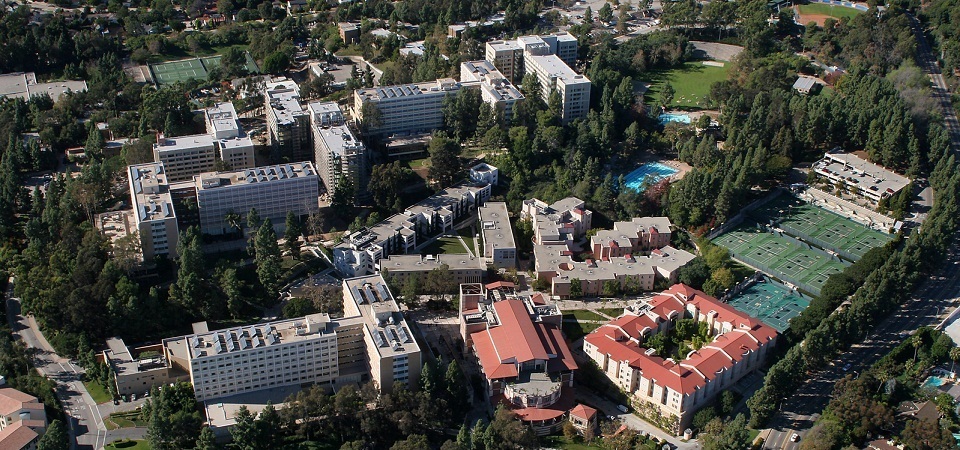Benefits of Increased Building Density
While it may seem counter-intuitive to associate environmental benefit with building expansion—as we’ve recently seen trees cleared out and major construction machines moved in—the building of more Residential Buildings here is in fact better for the environment in three big ways.
1. Elimination of transportation trips
Amount of energy used and carbon emitted from transportation is significantly reduced. The UCLA Student Housing Master Plan lays out plans to add 500 new graduate student beds and more than 1,500 undergraduate beds, both on-campus or within 1 mile away from campus. This will eliminate thousands upon thousands of transportation trips to campus.
2. Sustainability building regulations
All new buildings will be LEED Certified. LEED stands for Leaders in Energy & Environmental Design and getting the certification requires meeting many standards, such as using recycled material, installing energy efficient lighting, heating, and appliances, and using responsibly-forested wood. Read below for features buildings will include.
3. Scale allows for control of environmental footprint
Due to the size of UCLA Housing, students can take advantage of programs that are typically unavailable to those living in typical apartments–such as solar water heating; large scale food waste composting; occupancy light sensors; and energy efficient Heating, Ventilating, and Air Conditioning systems (HVAC).
The transformation of UCLA into a Residential Campus is sustainable progress and when paired with students choosing to live more sustainably-conscious lifestyles, UCLA’s impact on the environment can decrease.
Commitment to Environmental Building Management
The UCLA Housing construction projects have to comply with the University of California Policy on Sustainable Practices. As required by this policy, the projects will adopt the principles of energy efficiency and sustainability to the fullest extent possible. All new buildings will be LEED-Certified and work to go above.
The following sustainability features are regularly included in all projects when possible:
- Energy Efficient Heating, Ventilating, Air Conditioning (HVAC) Systems
- Energy Efficient Lighting and Appliances
- Optimizing Energy Performance
- Low Emitting Materials
- Recycled Content Materials
- Regional Materials
- Certified Wood (such as by the Forest Stewardship Council)
- Construction Waste Management
- Construction Indoor Air Quality Management
- Daylighting and Views (optimizing sunlight)
- Water Efficient Landscaping
- Low-Flow Plumbing Fixtures
- Building and Resource Reuse
LEED Certified Residences
De Neve Gardenia and Holly (Upper and Lower): LEED New Construction (NC) – Gold
Rieber Hall: UC-Equivalent LEED Commercial Interiors (CI) – Platinum
Rieber Hall Dining: UC-Equivalent LEED Commercial Interiors (CI) – Gold
Hedrick Hall: LEED Comercial Interiors (CI) – Gold
Sproul Landing, Cove, and Carnesale Commons: LEED New Construction (NC) – Gold
Hilgard Graduate Student Housing: LEED New Construction (NC) – Silver
Weyburn Terrace Graduate Student Housing: LEED New Construction (NC) – Gold
